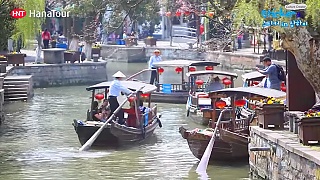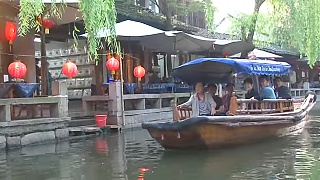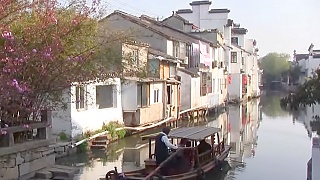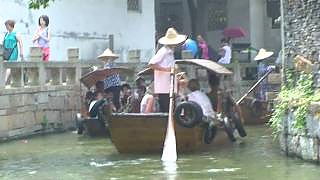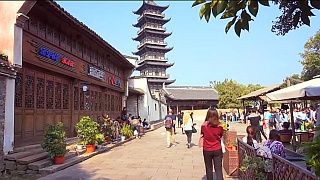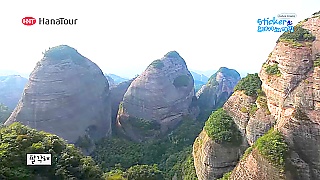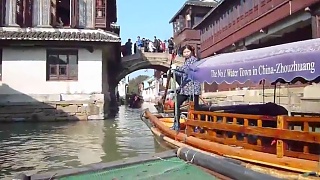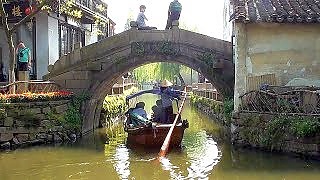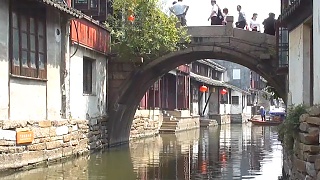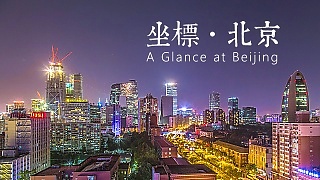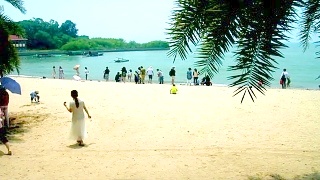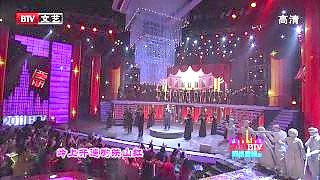
|
With China Walking Tour ...
1. Daxiangguo Temple (大相国寺)
Daxiangguo Temple is one of the most renowned Buddhist temples in China, located in the heart of Kaifeng. Originally built during the Northern Wei Dynasty (early 6th century), it has a history spanning over 1,400 years. The temple is famous for its grand architectural design and historical significance, as it was once a prominent center for Buddhist learning and cultural exchange. Visitors can admire its ancient wooden structures, exquisite carvings, and beautiful gardens. The temple is also known for housing numerous cultural relics, including ancient Buddhist scriptures and statues.
2. Shan, Shan, and Gan Guild Hall (山陕甘会馆)
The Shan, Shan, and Gan Guild Hall, also known as the Shanxi, Shaanxi, and Gansu Guild Hall, is an impressive historical building that once served as a meeting place for merchants from these regions. Located near the Kaifeng Ancient City Wall, the guild hall is a fine example of traditional Chinese architecture, showcasing intricate woodwork, carved beams, and painted ceilings. It reflects the vibrant commercial life of Kaifeng during the Song Dynasty when it was a bustling trade hub. The hall also features a rich collection of artifacts that offer a glimpse into the merchant culture of the time.
3. Longting Park (龙亭公园)
Longting Park, or Dragon Pavilion Park, is one of Kaifeng’s most famous scenic spots, known for its serene beauty and historical importance. The park is home to the Longting Pavilion, a magnificent structure originally built during the Song Dynasty as a royal palace. The pavilion has been reconstructed over the years, but it still retains its grandeur and historical charm. Surrounded by tranquil lakes and lush greenery, Longting Park is a perfect place to explore the fusion of nature and ancient Chinese architecture. It also houses several other historical buildings and cultural relics, making it a must-visit for anyone interested in Chinese history.
4. Chinese Han Garden (中国翰园)
The Chinese Han Garden, or Zhongguo Han Yuan, is a unique cultural and architectural park dedicated to showcasing the history and achievements of the Han Dynasty. Located in Kaifeng, this garden beautifully blends traditional Chinese landscape design with ancient architectural styles. It features a collection of pavilions, bridges, and pathways that recreate the atmosphere of the Han Dynasty. The park is home to numerous stone tablets inscribed with famous Chinese calligraphy and poetry, providing visitors with an insight into the intellectual and artistic accomplishments of the era. The tranquil surroundings and impressive structures make it a peaceful retreat for history enthusiasts.
These landmarks offer a deep dive into the rich history and architectural grandeur of Kaifeng, making them essential stops for any traveler exploring the city’s cultural heritage.
Video 2
The Qingming Riverside Landscape Garden (Qingming Shanghe Yuan, 清明上河园) is a large-scale cultural and historical theme park located in Kaifeng, Henan Province, China. It is inspired by the famous ancient Chinese painting "Along the River During the Qingming Festival" (清明上河图) by the Song Dynasty artist Zhang Zeduan. The park recreates the bustling city life and natural scenery depicted in the painting, reflecting the prosperity of the Northern Song Dynasty (960–1127 AD).
Historical Reproduction:
The park meticulously reconstructs the architecture, streets, waterways, marketplaces, and daily life of Bianjing (modern-day Kaifeng), the capital of the Northern Song Dynasty. This immersive environment gives visitors a glimpse into the ancient city's urban culture and economic vitality.
Performances and Activities:
Qingming Riverside Landscape Garden offers daily performances showcasing traditional Chinese culture, including folk dances, acrobatics, and reenactments of Song Dynasty customs. Highlights include the Imperial Court Parade, martial arts demonstrations, and shadow puppet shows.
Cultural Exhibits:
Visitors can explore Song-era crafts, such as pottery, calligraphy, and silk weaving. The park also features exhibits about the technologies and trade practices of the time.
Interactive Experiences:
Guests can dress in traditional Song Dynasty attire, participate in ancient games, and take boat rides along the carefully designed canals that replicate the waterways in the painting.
Festivals and Night Tours:
During special occasions like the Qingming Festival and the Mid-Autumn Festival, the park hosts themed events and illuminates its buildings, creating a magical night-time atmosphere.
Significance:
Qingming Riverside Landscape Garden is not only a popular tourist attraction but also an important educational site, offering visitors insights into the rich history and culture of the Northern Song Dynasty. It serves as a living museum, celebrating the artistic and architectural achievements of ancient China.
Whether you're a history enthusiast, a culture lover, or simply looking for a unique travel experience, this park is a must-visit destination in Henan Province.
|

 ZhouZhuang water town, JiangSu province
ZhouZhuang water town, JiangSu province